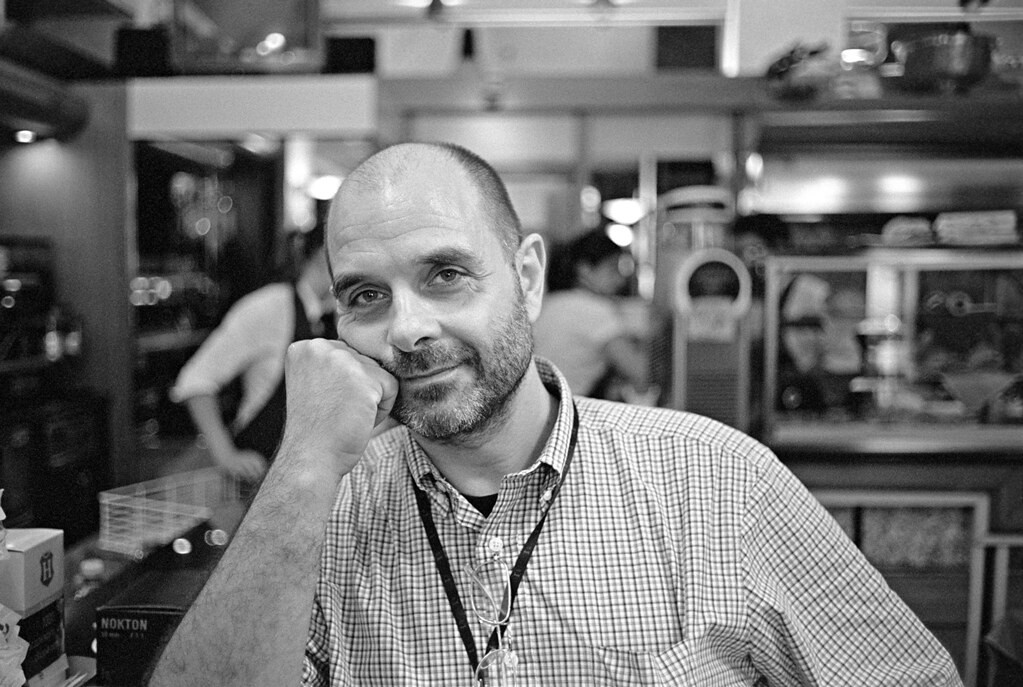Waterman100
Established
To be honest, I don't know if the following questions make sense, or if I'm trying to compare oranges and grapefruits. Well anyways, here they are:
I'm researching the *right* RF lens to go with a (yet-to-buy) R-D1. This will be my first RF camera. So now, I'm trying to weigh the cost vs. merits of my options, which are:
Zeiss Biogon 35/2.0
CV Nokton 35/1.4
CV Ultron 35/1.7
I want to concentrate on shooting with a normal, 50mm FOV; which is why I have been considering only 35mm lenses, giving an effective FOV of 53.55mm on the R-D1. And I had wanted my 35mm pretty fast, because I intend to shoot street, candid, available light, people, documentary style.
I'd also focus first on shooting for B/W (I know it's a digital camera), before going back to / seeing things in color.
But while browsing through this forum, I stumbled upon this thread http://www.rangefinderforum.com/foru...ad.php?t=93561 and was thoroughly impressed by the pictures contained within, esp the lens's sharpness and outer zone performance. So now I start to wonder if I should broaden my options and consider the slower Biogon 2.8 as well.
So in light of this wonderful Biogon 35/2.8, why would someone with my profile and experience NOT choose the faster Biogon 2.0 to use on an Epson R-D1, from a technical, optical, and usage standpoints?
Likewise, why reasons would he opt for the Biogon 35/2.8 over a CV 35/1.4 or 1.7 on a R-D1?
For me cost is an issue, but not so much that it should stop considering a particular lens. I just want the *right* lens for my experience and intended use. (But right now, I am not considering the very expensive Leica lenses.)
FYI, I've been taking pictures on-and-off for 20 years. I'm more confortable shooting landscape and other static, geometric objects, but have always wanted to broaden my horizon - hence my intended use mentioned above.
Thanks very much for reading and helping me to go through this process.
I'm researching the *right* RF lens to go with a (yet-to-buy) R-D1. This will be my first RF camera. So now, I'm trying to weigh the cost vs. merits of my options, which are:
Zeiss Biogon 35/2.0
CV Nokton 35/1.4
CV Ultron 35/1.7
I want to concentrate on shooting with a normal, 50mm FOV; which is why I have been considering only 35mm lenses, giving an effective FOV of 53.55mm on the R-D1. And I had wanted my 35mm pretty fast, because I intend to shoot street, candid, available light, people, documentary style.
I'd also focus first on shooting for B/W (I know it's a digital camera), before going back to / seeing things in color.
But while browsing through this forum, I stumbled upon this thread http://www.rangefinderforum.com/foru...ad.php?t=93561 and was thoroughly impressed by the pictures contained within, esp the lens's sharpness and outer zone performance. So now I start to wonder if I should broaden my options and consider the slower Biogon 2.8 as well.
So in light of this wonderful Biogon 35/2.8, why would someone with my profile and experience NOT choose the faster Biogon 2.0 to use on an Epson R-D1, from a technical, optical, and usage standpoints?
Likewise, why reasons would he opt for the Biogon 35/2.8 over a CV 35/1.4 or 1.7 on a R-D1?
For me cost is an issue, but not so much that it should stop considering a particular lens. I just want the *right* lens for my experience and intended use. (But right now, I am not considering the very expensive Leica lenses.)
FYI, I've been taking pictures on-and-off for 20 years. I'm more confortable shooting landscape and other static, geometric objects, but have always wanted to broaden my horizon - hence my intended use mentioned above.
Thanks very much for reading and helping me to go through this process.
Last edited:


